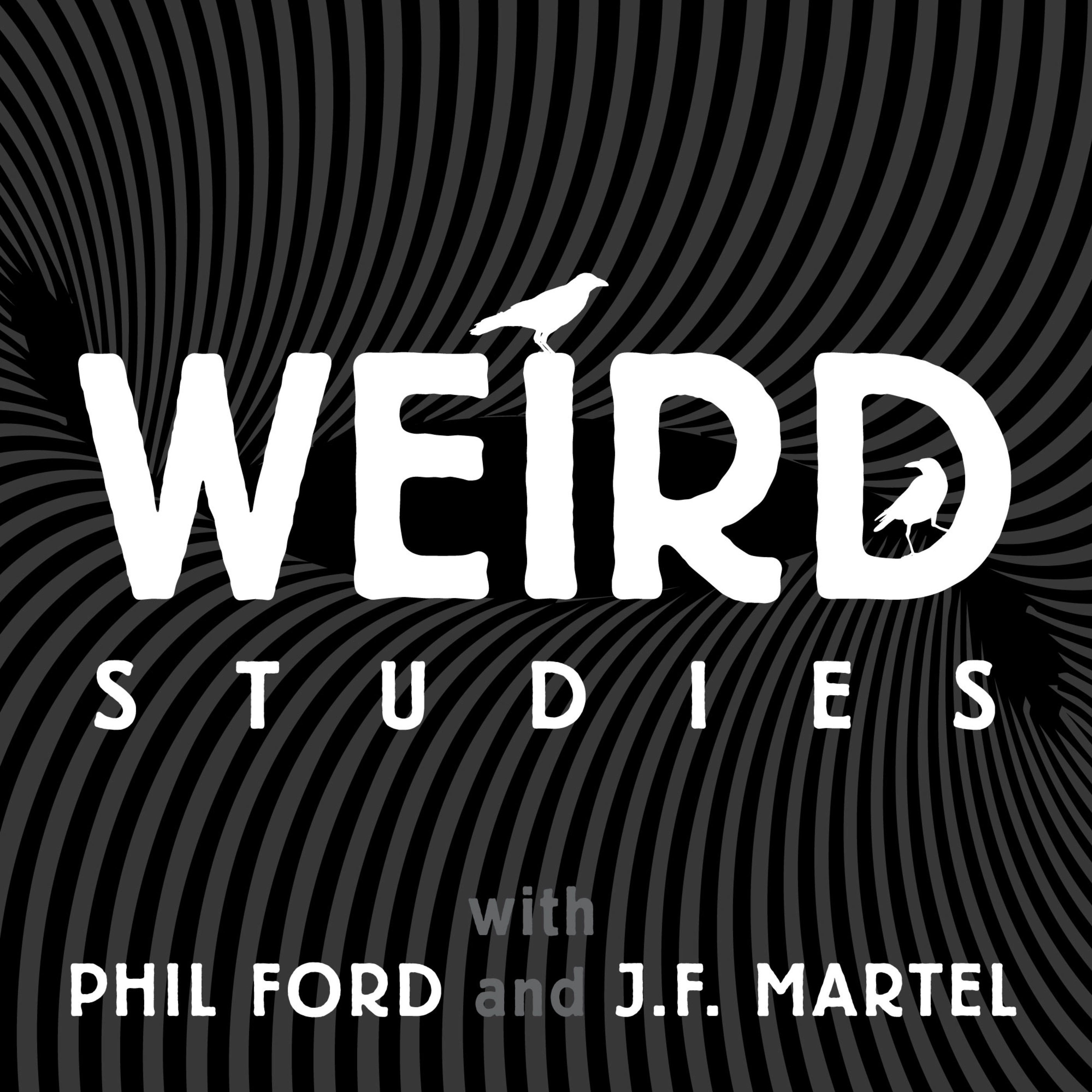Episode 74: A Luminous Parasite: Jung on Art, Part Two

In this second part of their exploration of C. G. Jung's essay "On the Relation of Analytical Psychology to Poetry," JF and Phil try to discern the psychological and metaphysical implications of the great Swiss psychologist's theory of art. For one, this involves discussing what Jung meant by archetypes, and how these relate to the artists who bring them forth in artistic works. This in turn leads to a discussion of the emergent artwork as an "autonomous complex," that is, as a self-moving spirit that requires the artist merely as a conduit for its manifestation in human -- and cosmic -- history.
\n\nREFERENCES
\n\nCarl Gustav Jung, "On the Relation of Analytical Psychology to Poetry"
\nArthur Machen, "Hieroglyphics: A Note Upon Ecstasy"
\nRick Riordan, [Percy Jackson & the Olympians](https://en.wikipedia.org/wiki/Percy_Jackson%26_the_Olympians)_ series of novels
\nRobert Altman (director), Nashville
\nHomer, The Odyssey
\nJacques Offenbach, The Tales of Hoffmann
\nE. T. A. Hoffmann, "The Sandman"
\nDavid Lynch, American filmmaker (the Dionysian!)
\nStanley Kubrick, American filmmaker (the Apollonian!)
\nRichard Wagner's idea of Gesamtkunstwerk
\nWilliam S. Burroughs, Naked Lunch
\nJohannes Vermeer, Woman Holding a Balance, and JF's analysis thereof
\nLisa Ruddick, "When Nothing is Cool"
\nWeird Studies episode 5: Reading Lisa Ruddick's "When Nothing is Cool"